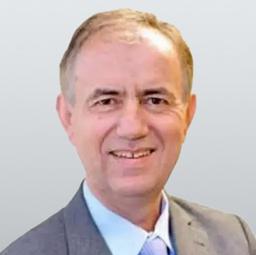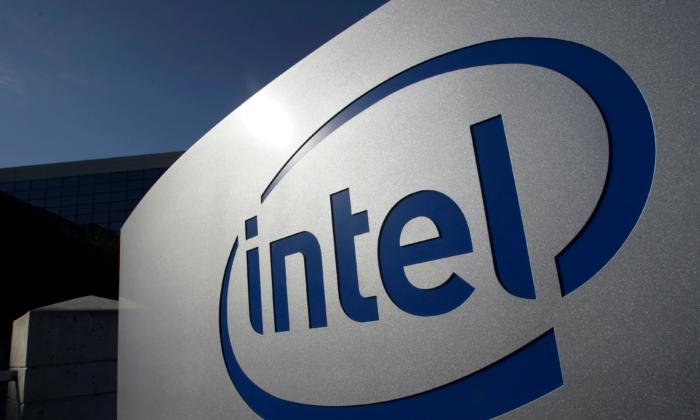The chemical company Linde said it expects its earnings per share (EPS) to grow moderately for fiscal year 2024 despite a challenging industry environment. The company’s pricing power helps maintain high-profit margins throughout business cycles.
Linde’s ability to raise prices even in a sluggish environment reflects the oligopolistic nature of the company’s market. This is due to “moats”—i.e., barriers to entry—such as local distribution systems, lock-in customer relations, and binding contracts backed by minimum purchase riders.
In addition, Linde is a large player in its markets, especially in the industrial gas market, in which the 2018 merger with Praxair gave the company a scale advantage over the competition.
Then there’s the inelastic demand for the company’s products, some of which hospitals use. An inelastic demand gives Linde plenty of pricing power, while scale provides the company with a cost advantage.
Price hikes and scale advantage have helped the company offset rising costs on the supply chain, expand profit margins, and generate plenty of free cash flow, which is returned to shareholders with dividend hikes and share buybacks.
For instance, the adjusted profit margin for the third quarter was 29.6 percent, up 130 basis points from the previous year. Free cash flow came at $1.66 billion, allowing the company to return $1.32 billion to shareholders through dividends and stock repurchases.
Dividend hikes and share repurchases matter most to a company’s shareholders. Over the past five years, Linde’s shares have increased 118 percent, compared to 92 percent for the S&P 500 Index.
High profit margins and the signing of a 10-year sales gas project make the company’s management hopeful that EPS will continue to grow despite a challenging macroeconomic environment.
In a press statement following the release of the third quarter financial results, CEO Sanjiv Lamba said: “As anticipated, weak economic trends persisted through the third quarter, most notably in the industrial end markets. However, Linde employees once again delivered high-quality results by growing EPS by 9 percent, increasing ROC [return on capital] to 25.8 percent, and expanding operating margins by 130 basis points, to 29.6 percent.
“In addition to managing near-term performance, the company signed its largest ever sale-of-gas project, which expanded the project backlog to $10 billion and secured future growth in the traditional industrial gas model - all while meeting our disciplined investment criteria.”
Lamba said he does not expect any near-term improvement in the economic environment, but that he predicts EPS will continue to grow in the near term. For the fourth quarter of 2024, Linde expects adjusted diluted EPS in the range of $3.86 to $3.96, up 8 percent to 10 percent from the previous year. Thanks to the actions, the company has “taken proactive actions to mitigate economic headwinds and remain well positioned to continue creating shareholder value.”
During a conference call, Linde CFO Matt White explained how the company plans to continue to grow its earnings in a sluggish industry environment with its “three bucket” strategy.
“It’s the management actions that we take, it’s the capital allocation that we do, and it’s the macro,” he said. “And so, when you think about capital allocation specifically, that includes our project backlog, that includes M&A, that includes buybacks, because we’re talking about EPS here, so that is a use of capital. And it also would include any capital structure that we may do in terms of having synergies on either interest or tax.”
White said that this strategy has consistently contributed 4 percent to 6 percent to EPS. “And it’s very stable, and it’s unrelated to the macro because these are either contractually committed that are independent of the macro, or it’s a use of capital for the case of buybacks, where ironically, it’s almost counter-cyclical,” he said.







